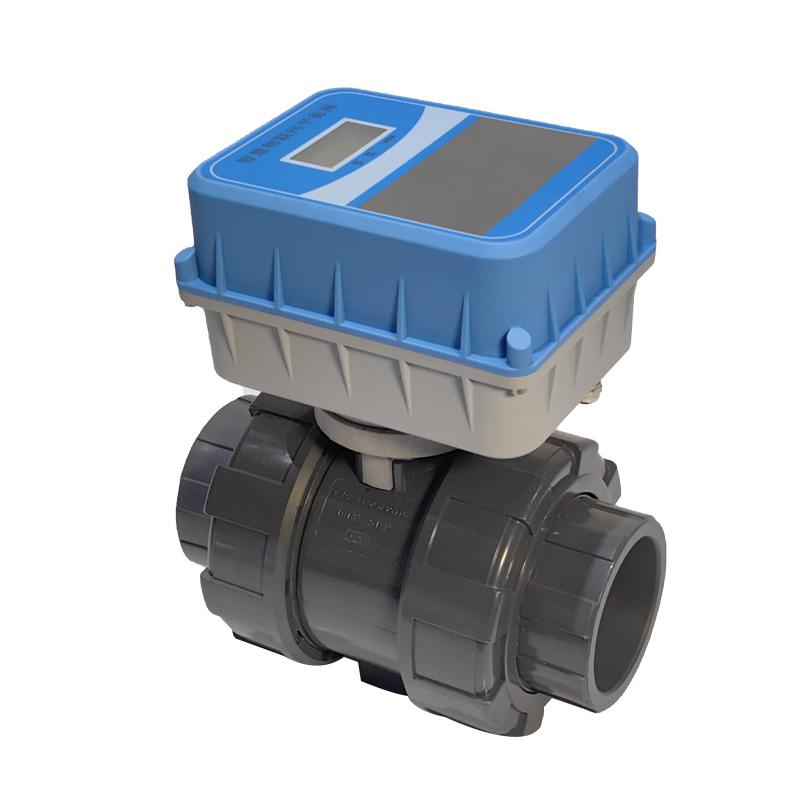Avoid your inquiry is delay response, please enter your WhatsApp/WeChat/Skype along with the message, so we can contact you at the very first time
We will reply you within 24 hours. If for urgent case, please add WhatsApp: +86 13188899036, or WeChat: 0531-87968777. Or call 0531-87968777 directly.
* We respect your confidentiality and all information are protected. We will only use your information to respond to your inquiry and will never send unsolicited emails or promotional messages.
In my valve manufacturing experience, this question comes up frequently when discussing flow control solutions. The answer isn’t as simple as yes or no.
While ball valves can provide some flow control, they are not primarily designed as control valves. They excel at on-off service but lack the precise flow characteristics and throttling capabilities of dedicated control valves.

Ball Valve
Let me share what I’ve learned from years of designing and implementing various valve solutions.
During my consulting work, I encounter various terms for ball valves across different industries.
Ball valves are also known as quarter-turn valves1, spherical valves, or rotary valves. These names all refer to the same basic design using a spherical closure member that rotates to control flow.
Through my years in valve manufacturing, I’ve documented the various names and terms used across different industries. Let me share insights from my experience.
Common Industry Names:
From my industry experience:
| Common Name | Technical Term | Primary Use |
|---|---|---|
| Quarter-turn | Ball Valve | Quick shutoff |
| Full-port | Full-bore Ball | Maximum flow |
| Reduced-port | Reduced-bore | Cost savings |
| Multi-way | Multi-port Ball | Flow direction |
| Trunnion | Supported Ball | High pressure |
Based on my extensive field experience, this is a common but complex question.
While ball valves2 can adjust flow rates, they are not optimized for precise flow control. The non-linear flow characteristics make accurate flow regulation challenging, especially in mid-range positions.
My experience in system design has taught me the capabilities and limitations of ball valves in flow control applications. Let me share detailed insights.
Flow Control Characteristics:
From recent flow testing:
| Position | Control Accuracy | Recommended Use |
|---|---|---|
| 100% Open | ±1% | Ideal |
| 75% Open | ±5% | Acceptable |
| 50% Open | ±15% | Not Recommended |
| 25% Open | ±25% | Poor Control |
| Near Closed | ±40% | Emergency Only |
Through my manufacturing career, I’ve often advised clients about throttling applications.
While ball valves can be throttled, it’s not their optimal use. Throttling can cause accelerated wear, poor control accuracy1, and potential damage to valve components.
My experience with valve applications has shown clear patterns in throttling performance. Let me share specific insights from field testing.
Throttling Considerations:
Recent testing results:
| Throttling Range | Effects | Recommendation |
|---|---|---|
| 80-100% | Minimal wear | Acceptable |
| 60-80% | Moderate wear | Limited use |
| 40-60% | High wear | Avoid |
| 20-40% | Severe wear | Not recommended |
| 0-20% | Extreme wear | Dangerous |
In my role as a manufacturer, I often explain the origin and design logic of different valve types.
A ball valve gets its name from the spherical (ball-shaped) closure member that controls flow through the valve. This ball rotates to allow or block flow through its center bore.
Through my years in valve design, I’ve gained deep insight into the evolution and naming of valve types. Let me share the technical basis for the ball valve name.
Design Elements:
From my design experience:
| Component | Purpose | Design Impact |
|---|---|---|
| Ball | Flow control | Name origin |
| Port | Flow path | Capacity |
| Seats | Sealing | Performance |
| Stem | Operation | Control |
| Body | Containment | Protection |
Historical Development:
While ball valves can provide some flow control, they are best suited for on-off service. Understanding their capabilities and limitations helps ensure proper application and optimal system performance.